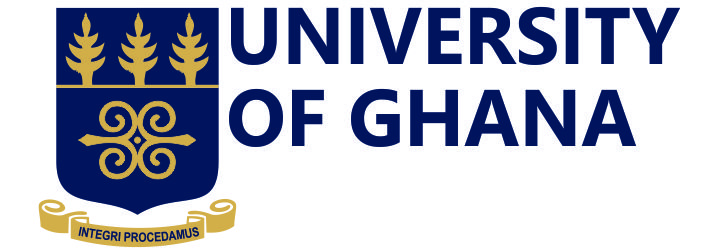POPS 701: COMPUTER AIDED POPULATION ANALYSIS – 2 Credit Hours
Introduction/Subject Overview or Course Description
Demography is the scientific study of human population. When it is studied in relation to other disciplines it is called population studies, the main preoccupation of which is to explain the changes that take place in the population itself and the components of such change which are fertility, mortality and migration. The course is designed to introduce students to basic concepts of demographic measurement and modelling used to study changes that take place in the population. The course covers basic measures of mortality, fertility and migration; life table construction; multiple decrement life tables; stable populations; and population projections. Students will learn to apply demographic methods through a series of weekly problem sets.
Course Objective/Goals:
Students will leave the course with a solid grounding in the sources of demographic data, and the construction and interpretation of basic demographic indicators such as growth rates, mortality rates, life expectancy and total fertility rate.
Learning Outcomes
On successful completion of this course students will:
1. be able to use the computer to do simple population analysis
2. be able to create useful tables and figures for analyses in Microsoft Excel
3. be able to create formulas and templates for calculating life tables, and component population projections, in Microsoft Excel.
4. be able to know about the main ways in which fertility, marriage, mortality and migration may be measured and analysed;
5. be able to utilise advanced life tables for understanding various survivorships and life expectancies;
6. know when to use various demographic measurements, depending on the situation and type of analysis;
7. be able to interpret advanced life tables;
8. be able to develop a sensible component population projection model for a particular area or country;
Please click on the link for more information ![]()
